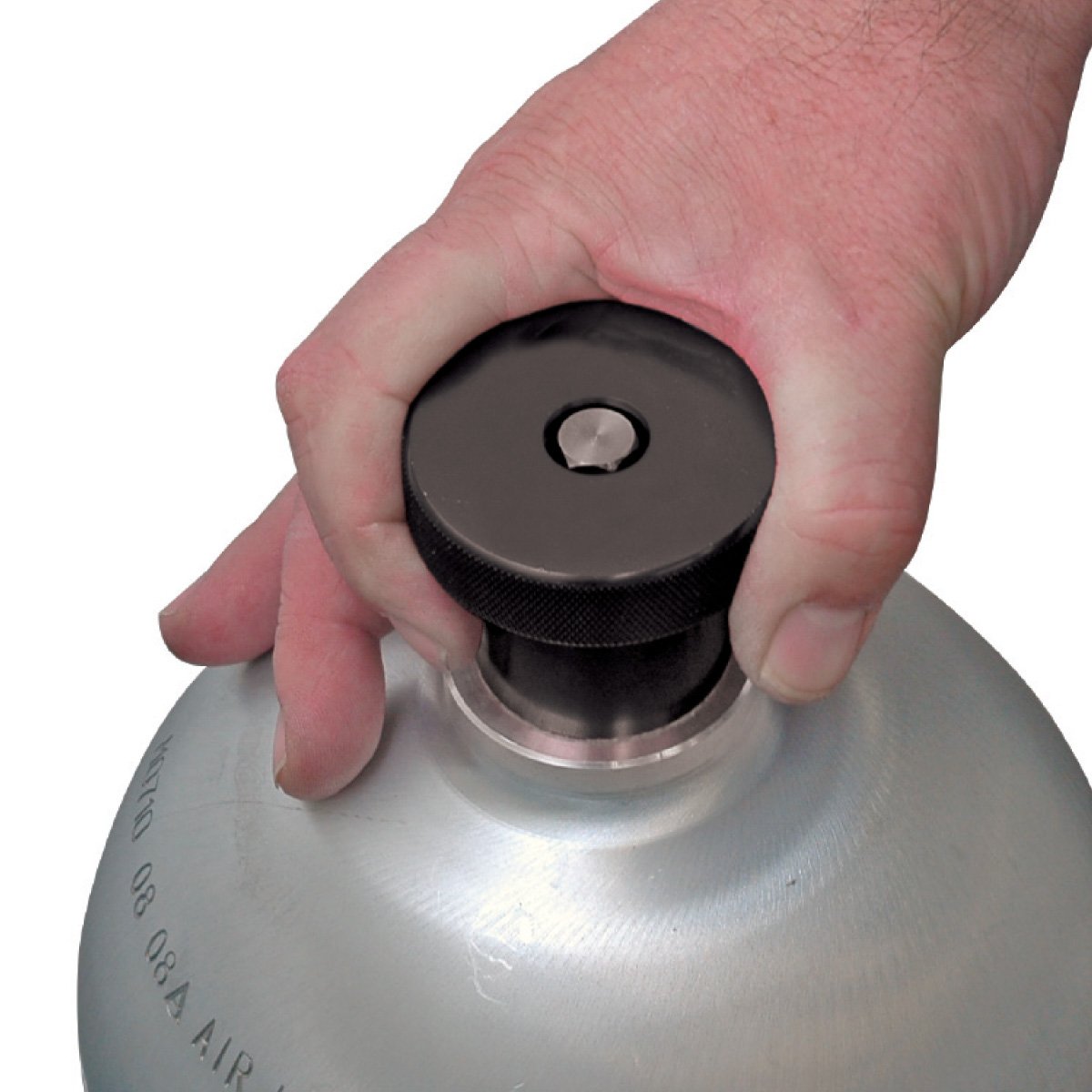gopbroek
Contributor
A friend (really) is having an ongoing issue with seeps (fine bubbles at pressure) at the tank neck / valve stem. The tanks (over 100) are by no means new and have anywhere from 1K to many K cycles on them and they are AL80's from multiple suppliers. The valves range from relatively new to multiple K cycles, again multiple suppliers from over the years, about half have been replaced with 'pro' valves from DGX over the last few years. The O-rings are buna 214 duro 90A (Sterling seal & supply via Amazon). For the few that I was present for when they were pulled apart I looked at the valve stem and O-ring and to me they looked in good shape. I suspect that the seeps are along oring to tank neck mating seat area.
Does this sound plausible and if so is there a standard method to smooth / clean this seat area, possibly a hone tool?
Any input or ideas would be appreciated.
Does this sound plausible and if so is there a standard method to smooth / clean this seat area, possibly a hone tool?
Any input or ideas would be appreciated.





